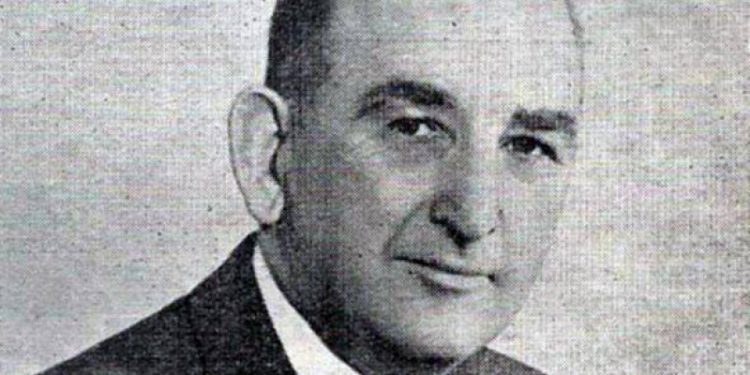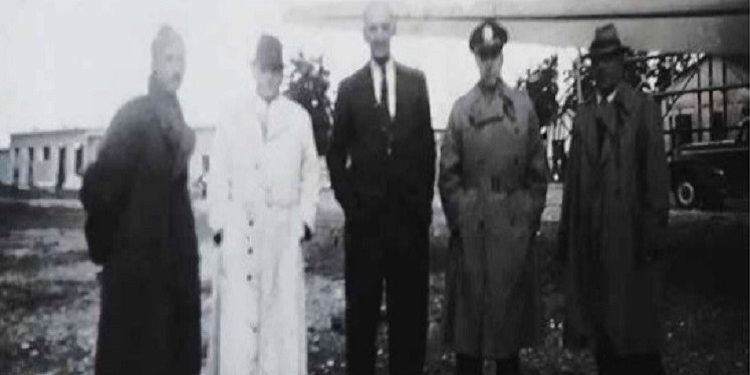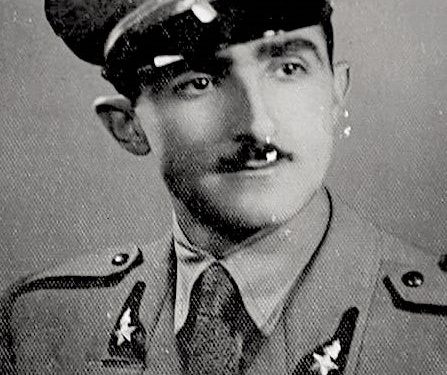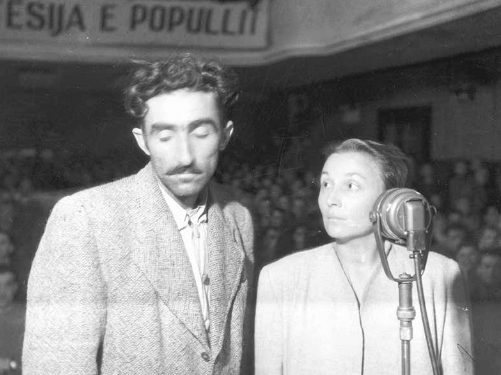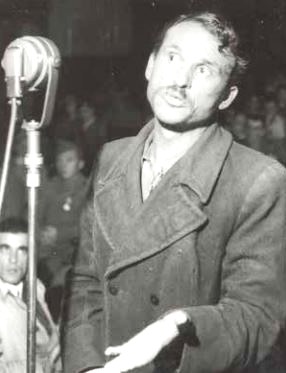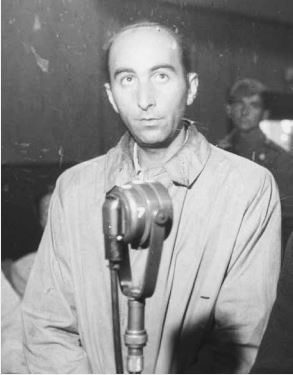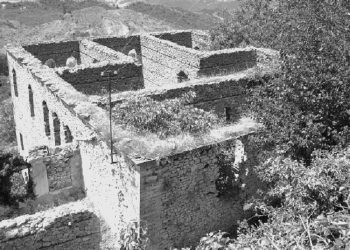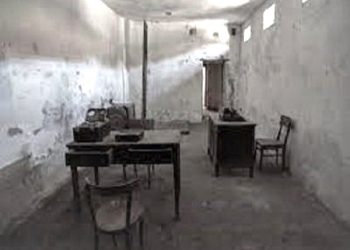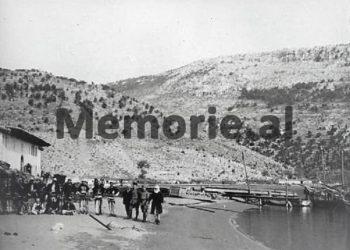From Msc. Kejsi Ziu
The third part
Memorie.al / From the beginning of its existence, the communist regime in Albania was characterized by violations of the most basic human rights, as a continuous means of work, starting from the elimination of private property, to the use of forced labor, inhumane and humiliating treatment and imprisonment, killing of opponents or other individuals, caught in the destructive whirlwind of communist aggression. A concrete example of this deeply inhumane and anti-Albanian policy is the arrest of the group of engineers charged with the task of draining the Maliq Swamp, accused by the regime of being saboteurs and collaborators of American espionage in Albania.
According to a memo from the Deputy Director for Policy Coordination in Washington DC, declassified in recent years by the CIA, dated November 1949, it is mentioned that: “The information (of the CIA) was obtained from an authentic source that the main adviser of the Committee for “Free Albania”, during his last visit to Washington, was Harry Fultz, well known by Albanian intellectuals, because he was for many years the Director of the American Red Cross School, in Tirana.
“…. In talks with the Albanians, it is said that he would like to see the country where he spent so many years freed from communism and he promised all his personal support…!
(We have been informed) that he gave each member of the “Committee for the Liberation of Albania”, a reward of $5,000.00.
(Another report from the same source showed that the members of this Committee had each received ten thousand dollars from the State Department)”.
In the materials found in the declassified files of the State Security, on the group of engineers and on Harry Fultz, no direct, written evidence has so far been found to support the theory that these recruitments, including the group of Maliqi’s engineers. This fact is confirmed by surveillance reports found on Fultz’s movements and activities, in which there is no trace of his meetings with any of the engineers or with Zyrika Manon, who was accused of being the liaison between them.
Referring again to the account of James Hudson, mentioned above, the question; if there was any truth in the fact that Enver Hoxha accused Fultz of being a spy for the Americans and of using his former students to gather information, he answers that; at least until 1944, Fultzi agreed with the agreement or, with the decision of the British, to equip the partisans with weapons, against the “National Front”.
He claims that; “Fultzi was a very serious man, dedicated to his work and most importantly, he was a boy from Tirana, he had lived in Tirana and knew the government well. He was not Hoxha’s type. You wouldn’t see him in the mountains; he was an educated, sharp and very smart city boy.
He never gave me the impression that after the war he would do something against someone. I think he was playing fair and was part of the American military, trying to win the war.”
There is a very significant photograph of Fultz, taken outside the Technical School building, in 1945, where he is surrounded by forty of his former students, some dressed in partisan uniform. Not long after the photo was taken, Fultz had to witness his students killing each other.
In a letter to a colleague at the time of the trial of the group of engineers, Fultz noted that; the head of the High Military Court in Tirana, who had been one of the graduates of Fultz’s school, presided over the sentencing of 37 men, accused of being “enemies of the people” and at the same time former students of his school.
The conviction of the “saboteur group” of the Maliqi Swamp was considered a political success by the State Security, as it results from a letter addressed to the Security Section in Korça, from the Ministry of Internal Affairs.
Immediately after the announcement of the decision to convict the group of engineers, the US Department of State issued a statement categorically denying the assertions made in the trial, published in the monthly newsletter of this Department: “The trials (of the engineers), which are taking place in Tirana, are undoubtedly an attempt by the Albanian regime to perpetuate itself by suppressing and terrorizing the liberal, patriotic and oppositional Albanian elements.
The accusation that the accused were connected through payment or service to the United States, or any of its representatives in Albania, did not happen in any way and is completely untrue”.
In contrast to other members of the mission, (such as Jacobs, who considered his experience in Albania as “Balkan purgatory” and constantly reaffirmed his belief that “his days in Albania were coming the end”! “After a year of dealing with them, – he continued, – I can’t anymore”), Harry Fultzi still wanted to stay, being called that by his colleagues, as; “the one who asks hard for the punishment”!
Pursuant to government policy, the State Security was harsh towards the members of the American mission, during their departure from the port of Durrës, in November 1946. This is evidenced by a letter from Henderson’s wife (Fultz’s successor, in office for a few months, before the USA finally withdrew the American mission from Albania), addressed to a friend of hers, in the American State Department.
It describes the omitted vicissitudes, from the forced throwing of their booty overboard, to the physical abuse of Fultz’s daughter, Joanna, in order to denigrate them morally.
In mid-November 1946, when the American mission left Tirana, its members would refer to the then Government as; “barbaric”, “merciless” and “unscrupulous”. Immediately after the event in Albania, the members of the American mission headed towards Liberia, where in one of the photos (attached to this article), Fultzi was photographed together with his daughter. Memorie.al




